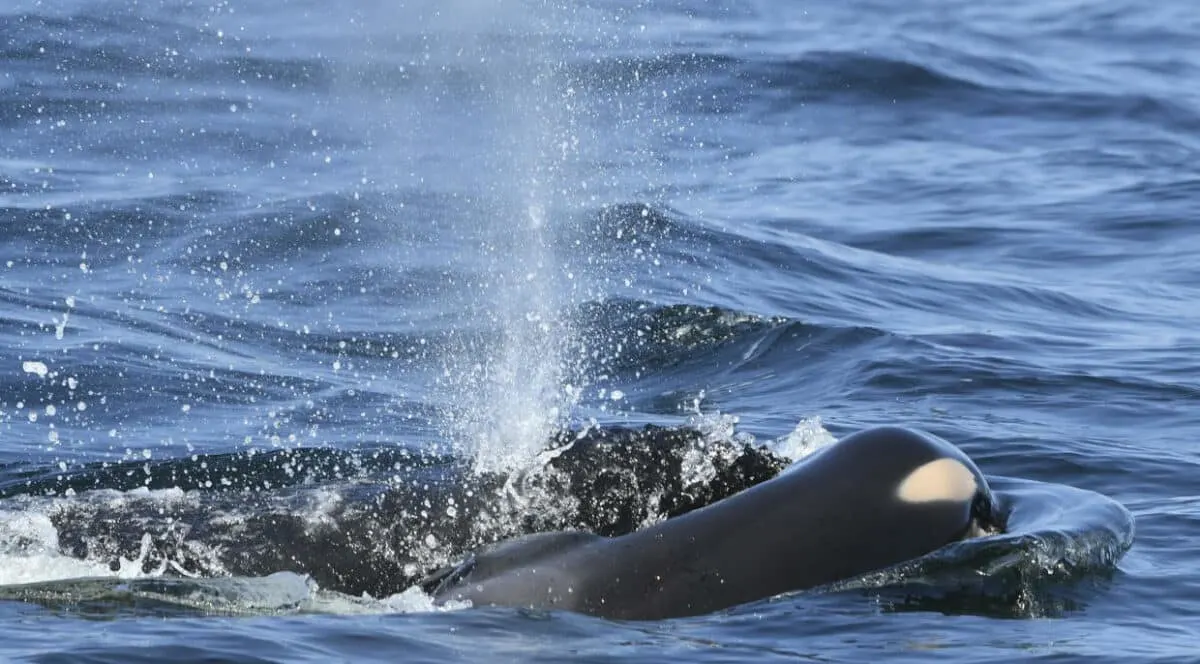A devasted orca mother carries her dead calf with her for almost three weeks – showing how maternal bonds exist across species.
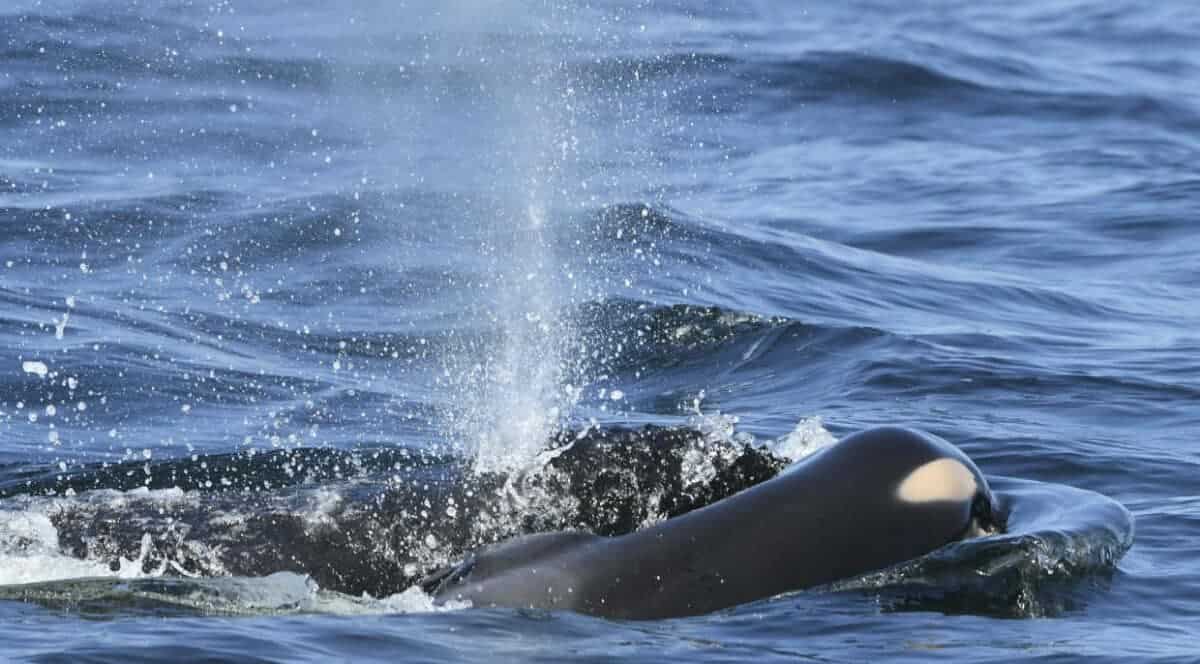
Orcas, often known as killer whales, are not just magnificent in their physical prowess. They are also profound in their emotional capacity. This story of an orca mother, Tahlequah, serves as a testament to the depths of orca emotions and maternal bonds.
From the mourning journey of a bereaved orca mother to the eventual happy ending, the birth of a new calf, this story is one of resilience and survival.
This article provides an overview of Tahlequah’s journey, but we will also delve into the critical conservation status of the Southern Resident Killer Whales.
Key Points
- Tahlequah carried her dead calf for 17 days, showcasing orcas’ deep emotional intelligence.
- Orcas display strong, enduring mother-offspring bonds, evident from Tahlequah’s extended grieving period.
- The Southern Resident Killer Whale population, including Tahlequah’s pod, is critically endangered with 74 remaining members.
- Tahlequah successfully gave birth to another calf in 2020, highlighting the crucial importance of conservation efforts.
Jump ahead to any section below:
Orca Mother Carries Dead Calf: Her Emotional Journey
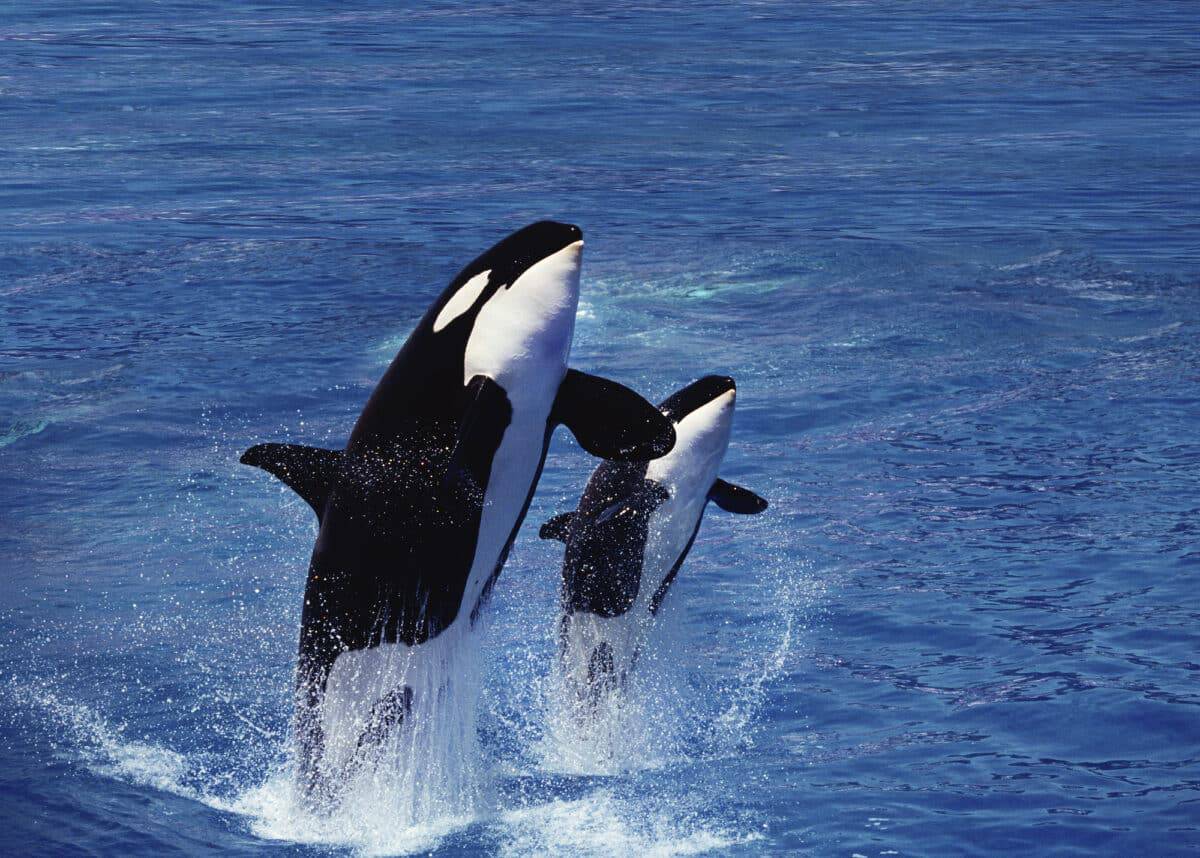
In 2018, an orca named Tahlequah, or J35, from the Southern Resident Killer Whale population, made headlines worldwide when she displayed an unusual display of grief.
She gave birth to a calf that tragically died just half an hour after birth. Then, Tahlequah embarked on what scientists refer to as a “tour of grief”. The mourning orca mother was spotted carrying her dead calf for 17 days across 1,000 miles. Such extended period of grief had rarely been seen in orcas. As a result, it captured the attention of researchers and the public alike.
Tahlequah would balance the calf on her forehead, occasionally diving to retrieve it whenever it slipped off. This remarkable demonstration of sorrow and maternal bond continued unabated until the day the orca finally let go of her deceased offspring, a poignant symbol of her heartbreaking loss.
Her mourning journey stretched across the vast expanses of the Pacific Northwest. It started near Victoria, British Columbia, where the calf was born. 1000 miles later, she let go of her calf somewhere in the Salish Sea.
What It Indicates About Orca’s Emotional Intelligence
The profound grief expressed by Tahlequah in response to her calf’s death underscores the deep emotional bonds and intelligence prevalent in orcas.
Many marine biologists consider these reactions as indicative of high emotional intelligence, even comparable to those of humans. In orca societies, mother-offspring bonds are exceptionally strong and long-lasting, often persisting throughout the animals’ lives. The loss of a calf, especially given the low birth rate in this species, can thus evoke a profound grief response.
The heartbroken orca mother carried her dead calf for almost three weeks. This intensity and duration of Tahlequah’s mourning also underscore orcas’ capacity for long-term memory and emotional depth. It suggests that orcas are capable of experiencing a range of emotions. It likewise illustrates that they have a considerable capacity for empathy and compassion.
Read about a fishy fashion trend amongst Orcas here.
Conservation Status of Tahlequah’s Pod
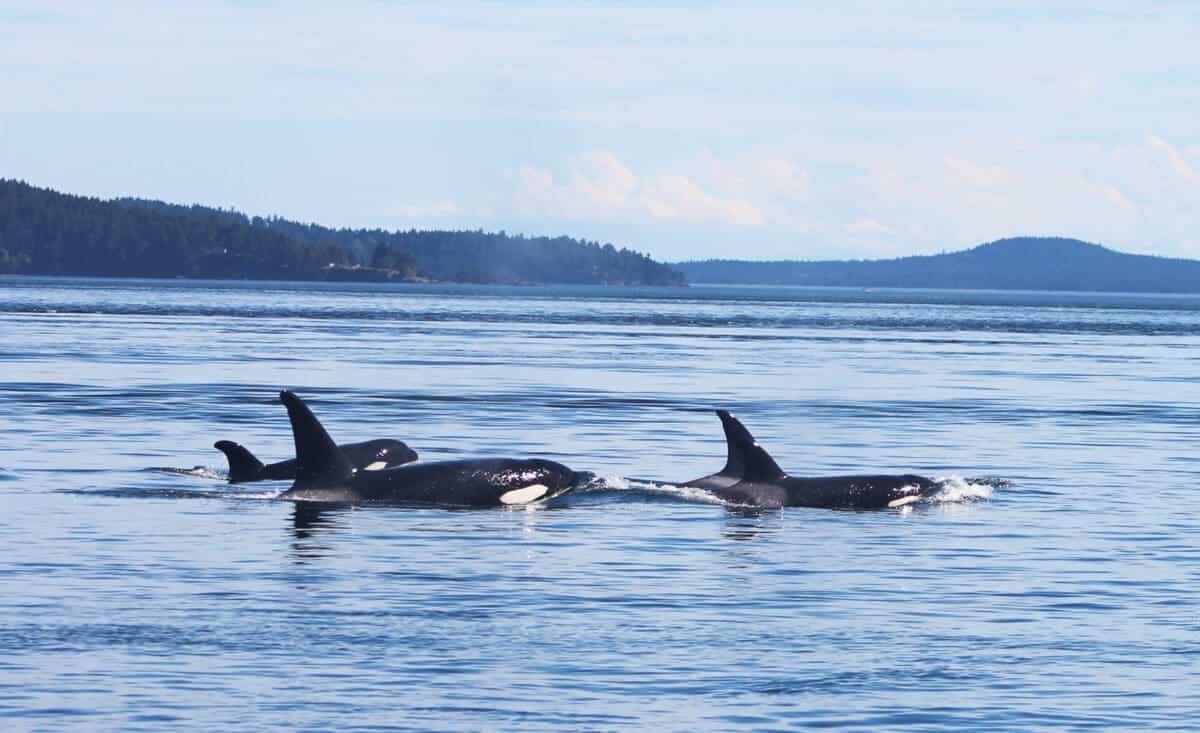
Tahlequah is a member of the J pod, one of three pods (J, K, and L) that comprise the Southern Resident Killer Whales (SRKW) population. The SRKW population is critically endangered, 74 individuals remain according to the last count in July 2023.
This includes about 23 orcas in the J pod, of which Tahlequah is a member. It also includes additional members in the K and L pods. This population decline from historic numbers, which were believed to have been around 200, illustrates the dire predicament of these creatures.
An Involuntary Diet: Orcas are Getting Skinnier and Skinnier
The SRKW population faces a severe food crisis. Their primary food source, the Chinook salmon, is in decline. This is due to factors such as overfishing, habitat destruction, and climate change.
As these salmon comprise up to 80% of the SRKW diet, their scarcity is leading to nutritional stress among the orcas. This, in turn, is leading to their diminished health and reproductive capabilities – which might be the reason why Tahlequah’s calf passed away.
This situation is intensified by the orcas’ specific preference for Chinook salmon due to its high fat content and year-round availability, making their survival closely tied to the fate of the Chinook salmon population.
High Fatality of Newborns
Beyond the food shortage, orca calves face additional challenges from pollutants and noise pollution. The orcas’ fat tissues store toxic substances, including PCBs, that are accumulated from their diet over their lifetimes.
During gestation and lactation, these toxins are transferred from the mother to the calf. This toxin transfer weakens the calves’ immune systems and makes them more susceptible to diseases, leading to a high mortality rate among newborns.
A Happy Ending: Tahlequah Gives Birth Again
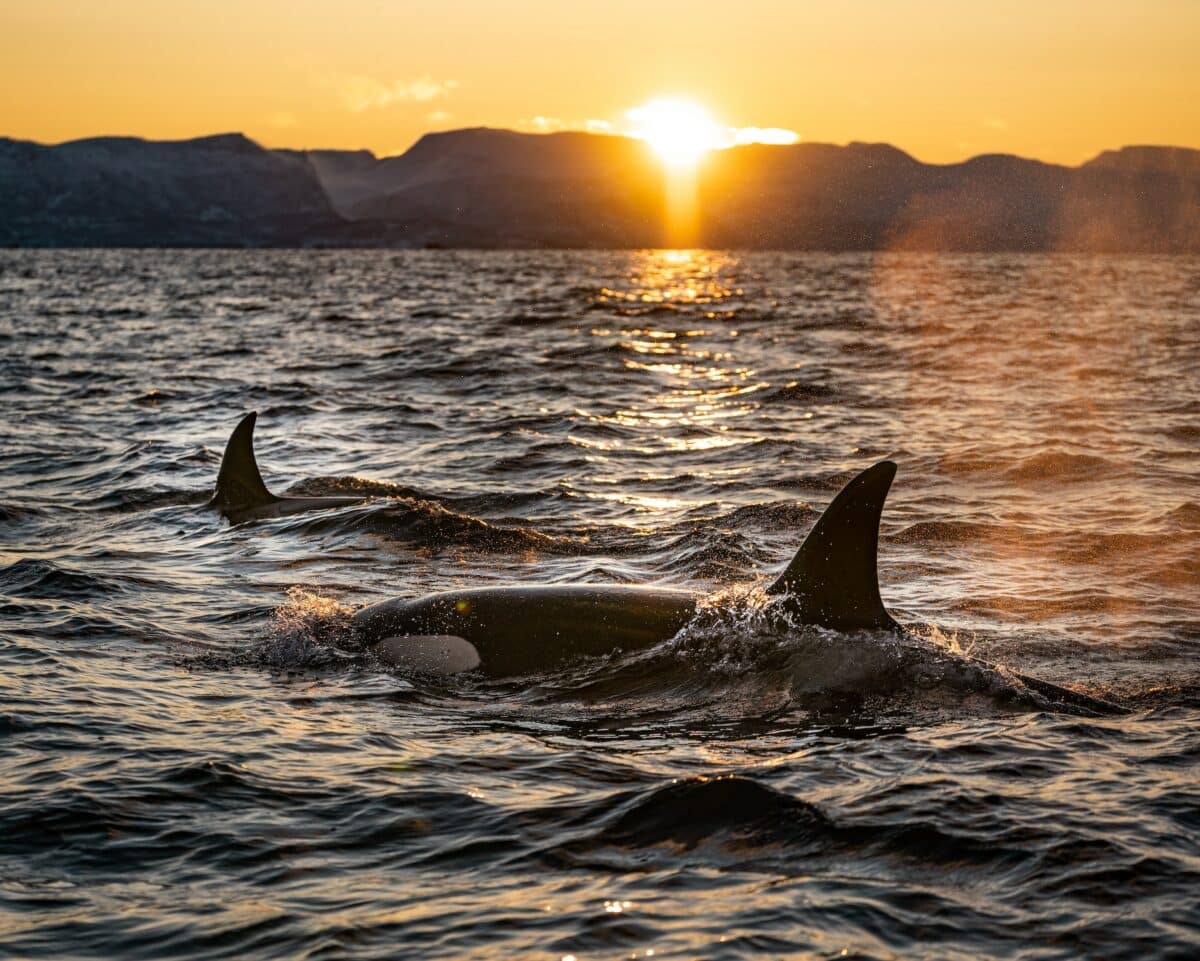
In September 2020, researchers spotted Tahlequah, also known as J35, with a new calf, eliciting worldwide joy and relief. This birth was a beacon of hope for the Southern Resident Killer Whale population who might be facing extinction.
The newborn, dubbed J57, was first observed swimming energetically next to his mother. Researchers believe J57 was born on September 4, 2020, judging from his size and the fetal folds, which were still visible and suggested a very recent birth.
The successful birth of J57 brought not only joy but also a significant contribution to the survival and recovery of this endangered population. This new calf represents a new generation and a step forward in the tough journey toward the recovery of this remarkable species.
The event underscored the importance of ongoing conservation efforts aimed at helping the Southern Resident Killer Whales and their habitat.
Read about one of many recent Orca attacks here.
Orca Mother Carries Dead Calf: Conclusion
The saga of Tahlequah embodies not just an individual orca’s journey, but the existential struggle faced by the entire species. Her mournful odyssey echoed with grief and loss, yet, it was also a profound testament to orcas’ deep emotional intelligence, comparable to humans’.
Amidst heartbreak, the spark of hope emerged with the birth of J57, embodying a precious step towards the survival and recovery of the endangered Southern Resident Killer Whale population.
Tahlequah’s story illustrates the inextricable links between the orcas and their environment, emphasizing the urgency of conservation efforts. As we celebrate the arrival of J57, we are reminded of our collective responsibility to ensure the survival of this remarkable species.
Their continued existence hinges on our actions, demanding immediate and substantial efforts to protect their habitats and food sources!
Thank you for reading this article about the orca mother who carried her dead calf with her for 17 days! Take a look at our other animal news:
- Seagull Skillfully Shoplifts a Packet of Doritos
- Silverback Gorilla Intervenes In a Fight Between Troop Members
- The Ultimate List of the Cast of Barbie’s Pets

